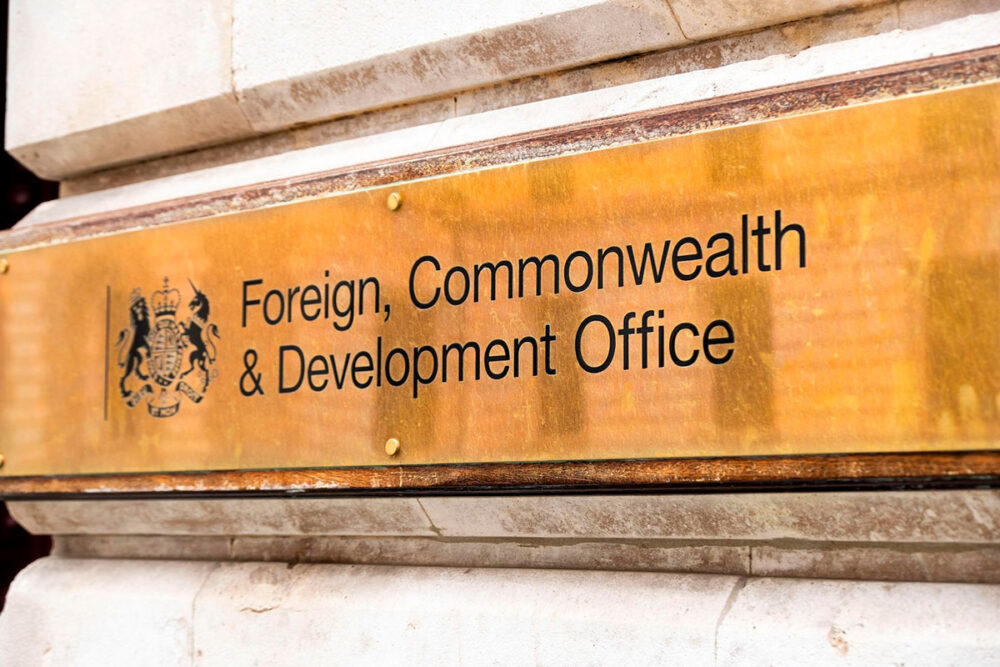The construction industry and government organisations influencing the procurement of construction work could do more to improve the health and safety of construction workers, according to the National Audit Office. The HSE as regulator also has a role to play in contributing towards reducing deaths and injuries. There has been a 5 per cent reduction in deaths and injuries in the construction industry since 2001. Nevertheless, the targets the construction industry set for itself at the 2001 health and safety summit for reducing deaths and major injuries (40 per cent by 2005 and 66 per cent by 2010) are unlikely to be met and can be measured only in part.
Jump to downloadsThe United Kingdom accident rate is the second lowest within the European Union and considerably less than the average. Nevertheless, the construction industry has a poor safety record compared with other sectors of the UK economy. In 2002-03, of the 226 workers in the UK fatally injured in the course of their work, 71 were construction workers, (31 per cent), the highest proportion from any sector. A further 4,780 construction workers were reported as having suffered a major injury, over three times the average for the main industry sectors. The industry’s health record is also poor. Industry stakeholders, who create the risks are legally responsible for controlling and managing them but cultural barriers are inhibiting improvements and these barriers must be broken down.
The HSE has selected the construction industry for priority action and established a new operational division to deliver its construction priority programme in April 2002. This provides a more strategic focus and has increased the impact of HSE’s work, not simply on sites but on other stakeholders in the supply chain such as clients, designers and suppliers. This has been welcomed by industry stakeholders. Today’s report to Parliament by head of the National Audit Office Sir John Bourn looks at actions taken by the HSE and how successful its approach has been so far.
He found that, by supplementing site inspections with blitzes of concentrated activity focused on a particular issue or area, such as falls from height, HSE increased its impacts. Furthermore, it has also used research findings to identify workers most at risk and has supplemented site-based work with initiatives targeted at smaller construction companies, such as Safety and Health Awareness Days.
HSE has yet to assess fully how successful these initiatives have been in reducing accident rates in the areas it has targeted because they have not been in place sufficiently long; the difficulty of determining its own impact apart from other influences on health and safety performance; difficulties in establishing baseline data; and the characteristics of the industry. NAO believes that the new initiatives are positive developments.
Among the NAO’s other findings are that some public sector bodies sponsoring construction projects focus too much on the lowest price in a tender evaluation and not enough on issues like whole-life costs that take account of the health and safety, not only of the construction workers on a project, but also of those who occupy and maintain the project when completed. Furthermore, many designers lack knowledge of their responsibilities under the Construction (Design and Management Regulations) 1994. Some designers erroneously believe they do not have any duties towards the health and safety of construction workers.
The NAO’s recommendations to the HSE, as set out below, have been received positively by the department:
- work with the construction industry to develop tangible measures linked to priority issues, such as falls from heights, a principal cause of death and serious injury;
- develop the focus and nature of some of its recent initiatives to target other areas: for example, building on its Safety and Health Awareness Days by tackling designers who have a key part to play in promoting health and safety in construction at the project development stage;
- increase the number of follow-up interventions with firms visited under its blitz programmes and maximise the potential impact of the programme through publicity and engagement with intermediaries;
- develop a programme of evaluations of its various initiatives which assesses the most important each year;
- increase its use of blitzes and Safety and Health Awareness Days, to increase the industry’s compliance with the Construction (Design and Management) Regulations 1994; and
- work with organisations that influence the procurement of construction work in the public sector, such as the Office of Government Commerce and the Audit Commission, to ensure that health and safety is considered as part of the process of reducing whole life costs and improving value for money in public procurement.
In addition, parent departments should work with their agencies, NDPBs and all bodies that receive grants from government for construction projects, as well as the HSE, to implement best practice and improve health and safety.
"Construction workers have some of the most dangerous jobs in the UK economy. I welcome the recent reduction in the incidence rate of deaths and major injuries. But further and sustained improvements in the health and safety performance of the industry are required. The Health and Safety Executive must be better able to assess and measure the impact of its own strategies for ensuring that the industry takes ownership of its risks and manages them in order to reduce avoidable injuries to people and burdensome costs to the economy."
Sir John Bourn
Downloads
- 0304531es.pdf (.pdf — 194 KB)
- 0304531.pdf (.pdf — 813 KB)
Publication details
- ISBN: 102928053 [Buy a hard copy of this report]
- HC: 531 2003-2004


